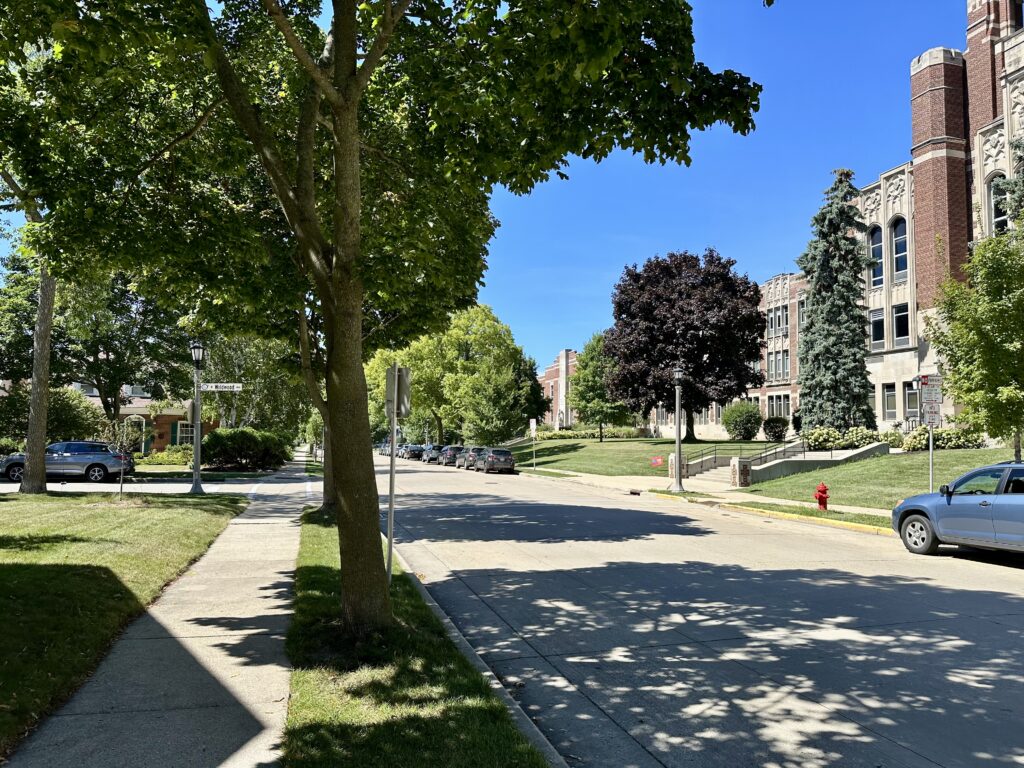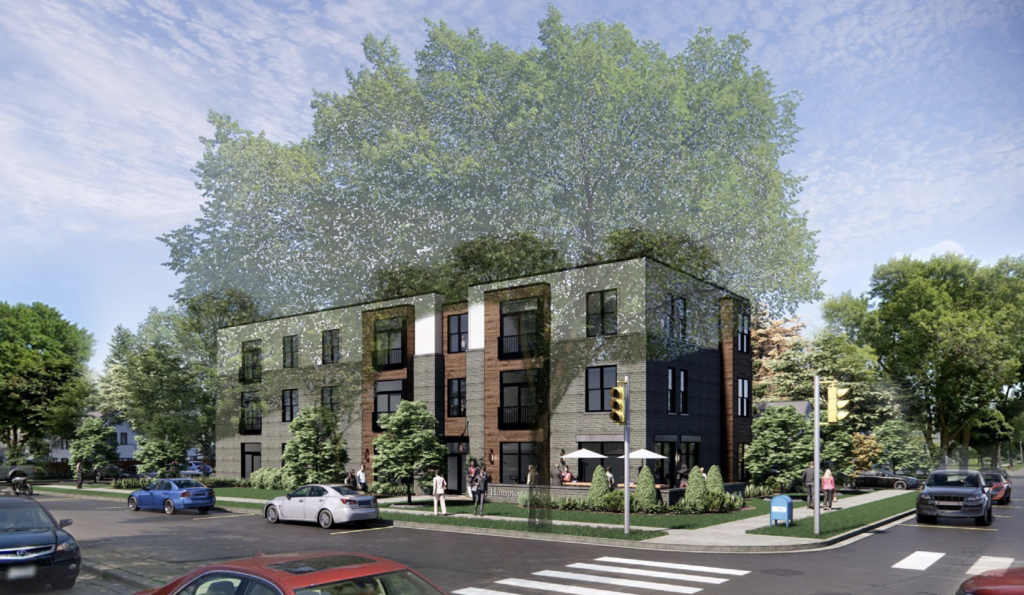Understanding Racism
First, some Definitions
Diversity
Everything that makes us who we are, seen and unseen.
The full range of differences both visible and invisible including but not limited to race, ethnicity, gender, gender identity, sexual orientation, age, generation, socioeconomic status, education, citizenship status, religious affiliations and beliefs, mental or physical ability, communication styles, national origin, political beliefs, language, and cultural norms, traditions, and values.Equity
Eliminating barriers.
Eliminating barriers that have prevented the full participation of communities and individuals most impacted by systemic oppression. We achieve equity by ensuring that everyone has support and access to the resources they need to be successful.Inclusion
Celebrating & embracing all backgrounds
The active practice of celebrating and embracing staff of all backgrounds, identities, abilities, and perspectives to feel accepted, safe, empowered, supported, and affirmed to be their authentic selves.Belonging
A culture of trust, where all voices are heard
Fostering a community or workplace where all people are recognized for their inherent worth and dignity, talents, beliefs, backgrounds, and ways of living without feeling the need to change, alter, or assimilate. Belonging is a real sense of fitting in as yourself and feeling like you are an important member of the community or team.Second, additional context for further Understanding Racism…
While the dictionary definition of racism is hatred or intolerance of another race, sociology goes deeper and explains racism as a combination of prejudice and power. It’s more complicated than we typically think about it. Here are some things everyone should understand about racism:
Good people can unintentionally say and do racist things or unknowingly support racist ideas. We see the horrific examples of racism in burning crosses and hateful language. But good people can unintentionally say and do racist things without having a racist intent. The intent isn’t the issue — it’s the impact. If someone accidentally steps on your toe, it hurts, regardless of whether it was intentional or not. The impact of a racist comment or action hurts too. We are learning to acknowledge, apologize, and then be more careful.
Race is a social construct, but that doesn’t mean that racism isn’t real. A social construct is a category, perception, or idea created and developed by society and then applied to individuals and groups. While we’re all just part of the human race, we began to categorize everyone based on skin tone, features, and geographical regions. Social constructs are made up, but they become real within the culture, such as money, which is fundamentally just a piece of paper, yet it still has a huge effect on our daily lives.
Colorblindness is not going to solve racism, and it is in fact hard to ignore how someone looks. It’s okay to see — and celebrate — our differences. Race isn’t the problem. Treating people differently based on race is the problem.
Prejudice plus power equals racism. Reverse racism is not a thing. Racial prejudice is wrong from any direction, but racism is not just about the individual — it’s about the big picture, the institutional power. When a person of color discriminates or stereotypes a white person in the United States, they don’t have any institutional power backing them up, allowing and condoning it.
Our institutions — schools, government, military, corporations, the justice system — shape how people of color are treated as a group and as individuals. People with Latino or Black-sounding names have a harder time getting job interviews, even when they have the same qualifications as white applicants. They face harsher prison sentences for petty crimes in comparison to white criminals. It’s harder for them to get home loans in addition to the housing discrimination that often keeps them out of predominately white neighborhoods.
Understanding the fundamentals of racism can give us a starting point for reflection, discussion, and action.
Adapted from DECODED by Francesca Ramsey, You Tube, Aug. 12, 2015


